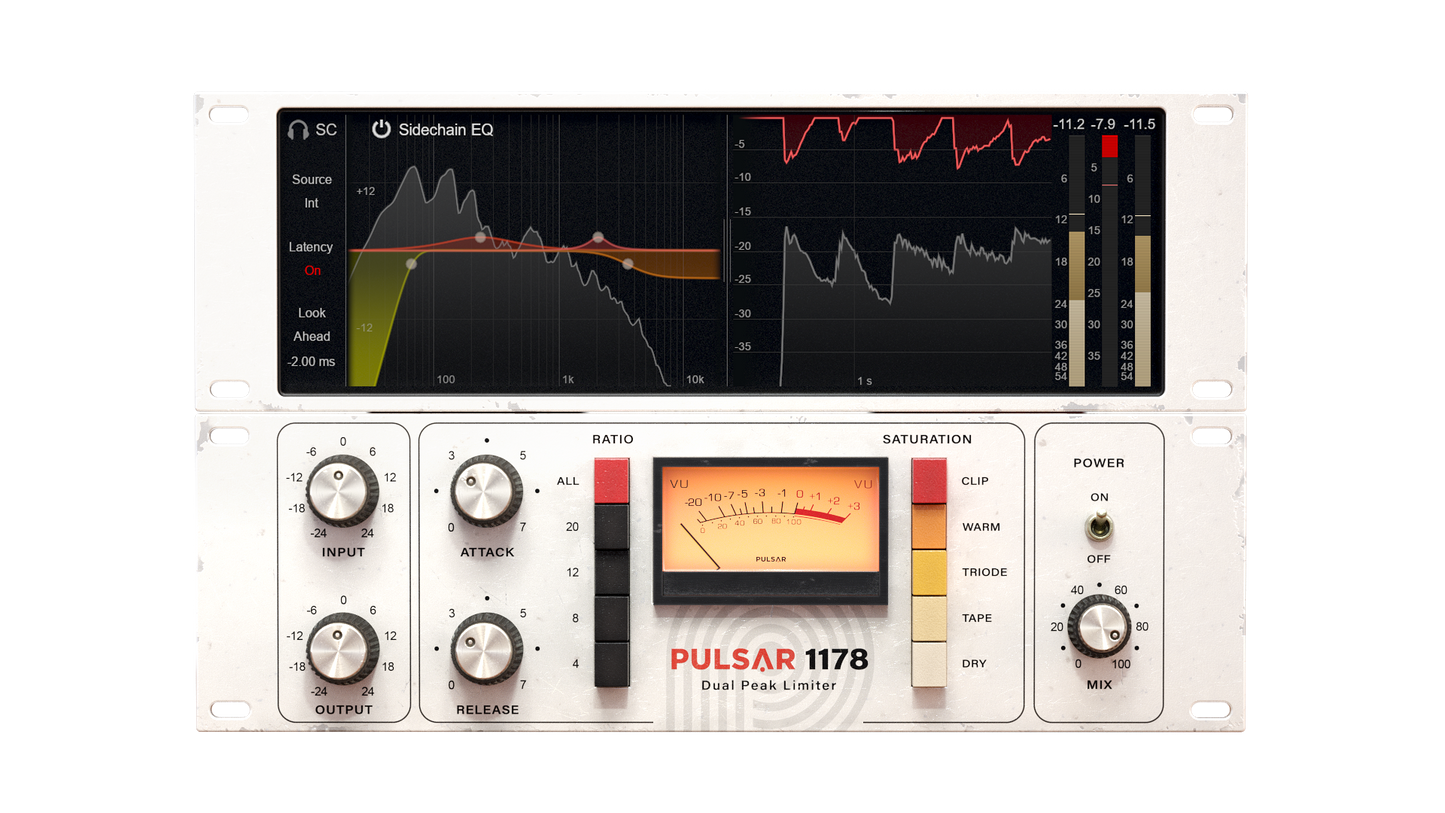System Requirements
Windows Requirements
- Host application compatible with:
- AAX Native plugins
- VST plugins
- VST3 plugins
- CPU:Intel Core i3 / i5 / i7 / i9 / Xeon or AMD Quad-Core minimum
- Memory: 4 GB RAM and 1 GB free disk space
- Operating System: Windows 7 with SP1 64 bit, Windows 8.1 64 bit, Windows 10 64 bit?
- GPU: OpengGL 2.0 compatible GPU
- Monitor: Resolution: minimum 1024×768, recommended 1920×1080 ; Refresh rate: 60 Hz
- AAX Native (Windows: 32/64 bit), Audio Unit (64 bits only), VST 2.4 (Windows: 32/64 bit), VST 3 (Windows: 32/64 bit) compatible host DAW.
Mac Requirements
- Host application compatible with:
- AAX Native plugins
- Audio-Unit plugins
- VST plugins
- VST3 plugins
- CPU: Intel Core i3 / i5 / i7 / Xeon / Apple Silicon (M1)
- Memory: 4 GB RAM and 1 GB free disk space
- Operating System: MacOS 10.8 – 10.15
- GPU: OpengGL 2.0 compatible GPU
- Monitor: Resolution: minimum 1024×768, recommended 1920×1080 ; Refresh rate: 60 Hz
- AAX Native (64 bits only), Audio Unit (64 bits only), VST 2.4 and VST 3 compatible host DAW (64-bit only supported)




